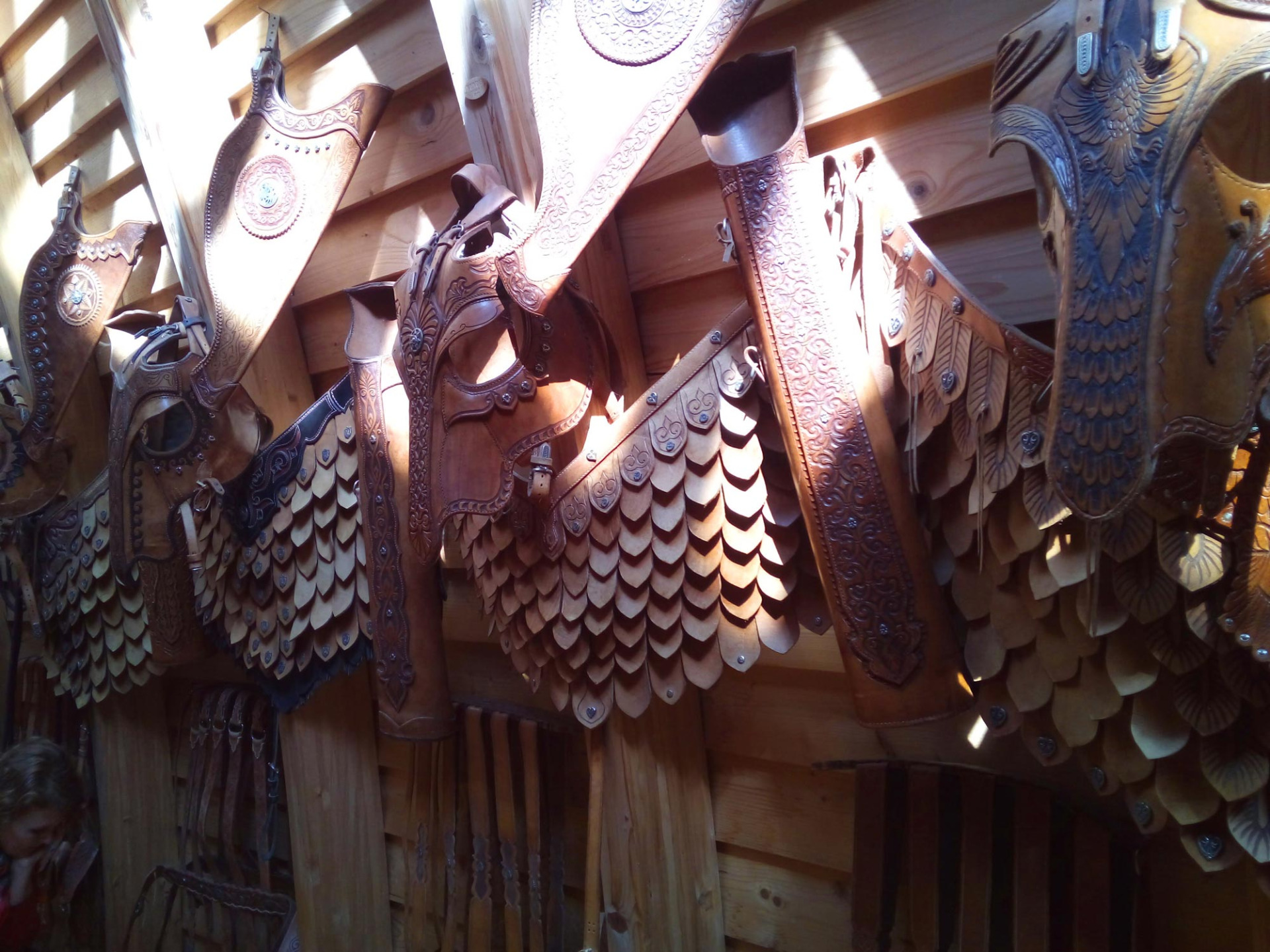Return to the Kassai-Valley
On the first weekend in April visitors are, once again, allowed to come to the Kassai-Valley, and we're there again, too.

Time-travelling and switched roles
It is like a journey back in time - both on a small scale, because I've already been here, now half a year ago, and on a grand scale, because the traditions of the horseback archery in Hungary can be traced back to the time where the Hungarians still travelled the lands as nomads. And the valley aims to recall this time of travelling and conquest.
And now, on the first Saturday of April, the Kassai-Valley is opened once again for visitors that are interested in watching the aspiring archers - even though there are definitely less people than in October, because the weather is not the most accomodating.
Our group is - despite Linda - as big as it was in autumn. Zsofi can't come, because she has to visit a baptising workshop so she can be baptised before Easter, which is something she wants to do. So, this time it's me leading Linda around the valley, explaining everything to her.
She, too, is fascinated by the variety of the tasks the applicants and aspiring archers have to complete, although her interest in the horses is bigger, especially once they start gallopping in movie-like manner through the forests and over the fields.
Hidden treasures
What makes this day special is that Kassai Lajos himself - the founder of the Kassai Archery School - is in the valley and participates in the festivities.
He will make a small storyteller round in the building at the central square after the official programs have finished, and the room is already opened a little before that for curious visitors - provided they took off their shoes.
And what this room contains lets my hear beat faster.
The walls are decorated by leather armour and harnesses for the horses, elaborate quivers and weapon sheaths. Mongolian rider armour, painted bows and different knifes and swords, from the Japanese Katana to a Jamaican Machete, are draped at the end of the room.
A Hungarian archaeologist is bent over a box full of spear- and arrowheads which were found during construction work and excavations in the valley and the surrounding area.
Amongst these finds are specimens from bone, iron, mountain crystal and obsidian, she says and pushes a few of them in my hand so I can take a closer look at them. No one actually knows how old the heads made of obsidian and mountain crystal, even though they are the best-preserved parts in the box. The archaeologist is only sure that they are older than the ones made of metal.
The iron finds are already quite affected by age but their form is still recognisable, and the woman also knows which form was used for what kind of warfare - there are arrows to pierce armour, arrows to make really ugly wounds and arrows you can only remove in the direction the arrow came from - so you have to push it through and break the wood.
It was a very interesting day and - to my own surprise - I was able to learn quite a bit more about the history of Archery.
